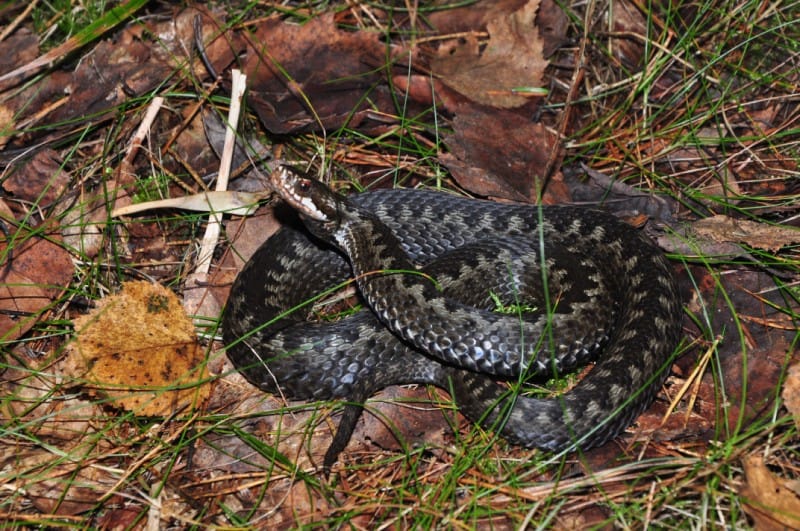
Common European Viper Facts
- The Common European Viper remains a relatively small species of snake. Though it is technically venomous, this animal is not considered especially dangerous.
- Envenomings are actually rather common in its endemic range. However, these are typically due to stepping on them or attempting to pick them up.
- The IUCN lists this reptile as a species of Least Concern. This is because its numbers appear (for the moment) stable across the range.
- However, habitat loss and climate change are considered definite threats to this species continued existence.
Related Articles
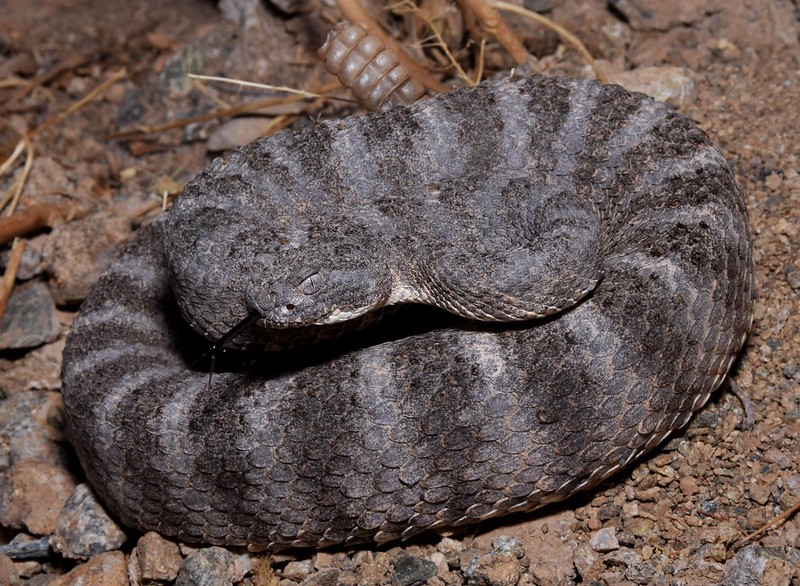
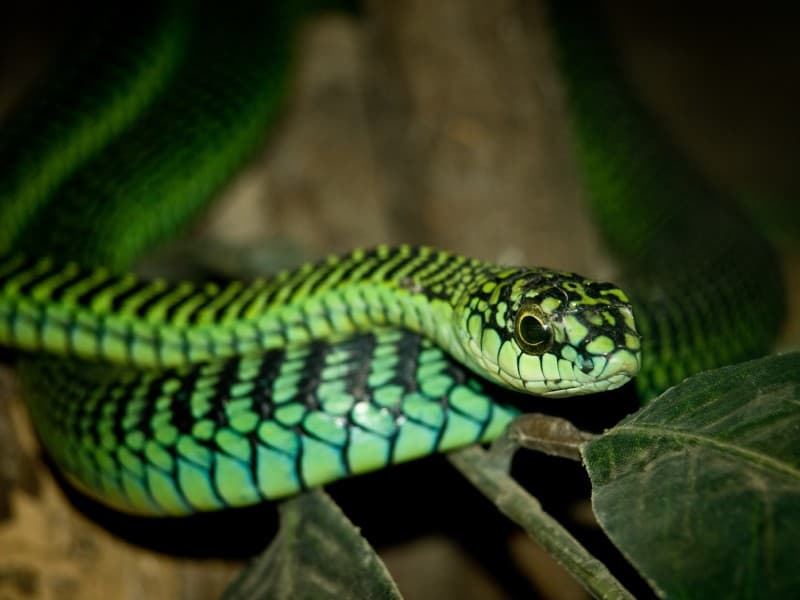
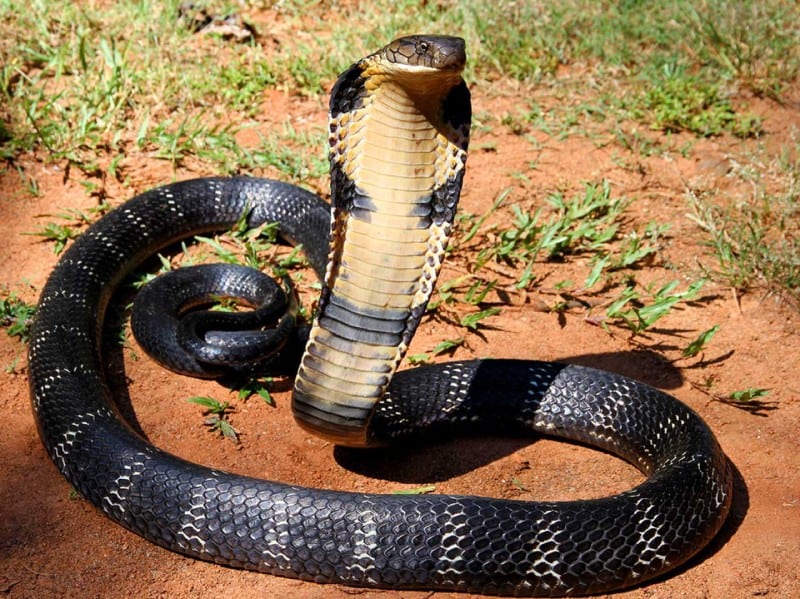
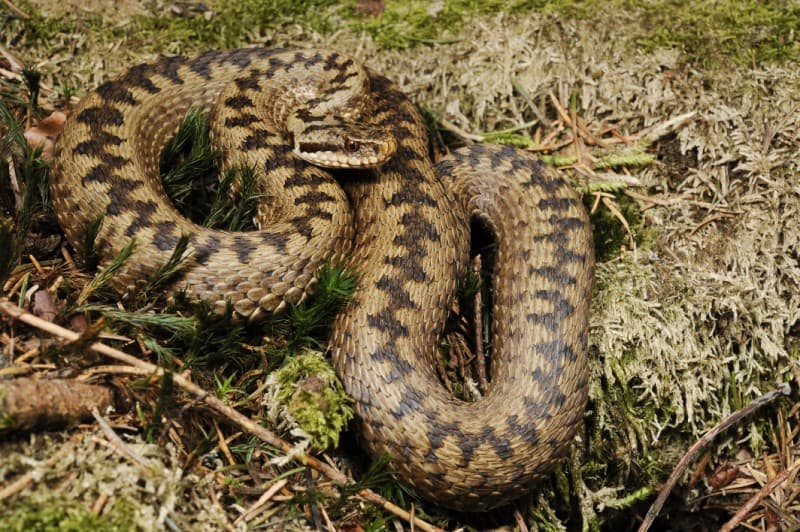
Common European Viper Physical Description
The Common European Viper is comparatively small for a viper. Yet its body shape is relatively stocky. Adults typically attain lengths of approximately 24 in (60 cm).
However, some individuals may reach as much as 35 in (90 cm) in length. Still relatively small.
In addition, the head is fairly large. The head is also almost flat and vertical in shape. How unique. The fangs are relatively short. The coloring varies greatly between individuals.
Individuals may be either black, almost white, or numerous colors in between. Also, however, most individuals display a zigzag pattern running the length of the body.
- Kingdom: Animalia
- Phylum: Chordata
- Class: Reptilia
- Order: Squamata
- Family: Viperidae
- Genus: Vipera
- Species: V. berus
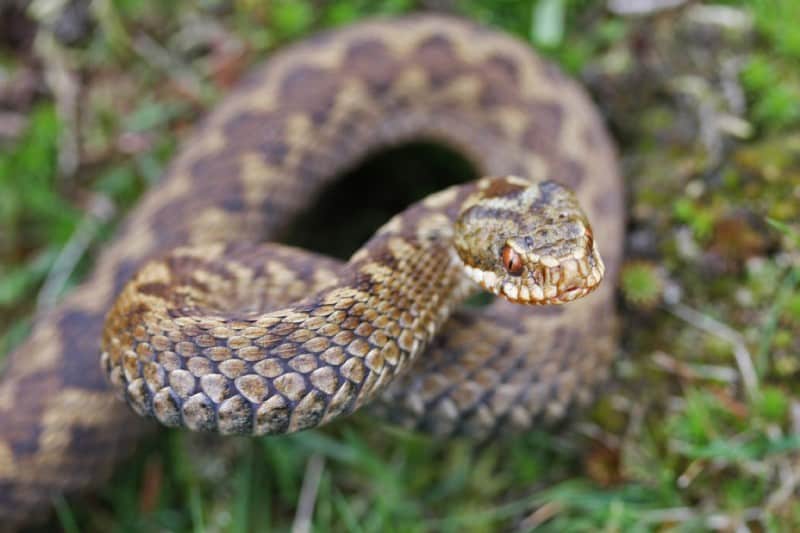
Common European Viper Habitat and Ecology
The Common European Viper is endemic to much of Western Europe. This range also extends as far as East Asia. They do get around….don’t they?
In addition, the species appears to be rather adaptable. Good for them. It may be also found in a variety of habitat types. These include rocky hillsides, moors, sandy heaths, meadows, forests, and even coastal dunes.
It evolved as (as most snakes) primarily ambush predators. It feeds on a wide variety of small mammals, birds, amphibians, and lizards.
The species is also ovoviviparous, the same as most vipers. Females breed every 2-3 years. In addition, letters may number anywhere from 3-20 young. That’s a lot of baby snakes.
Species Sharing Its Range
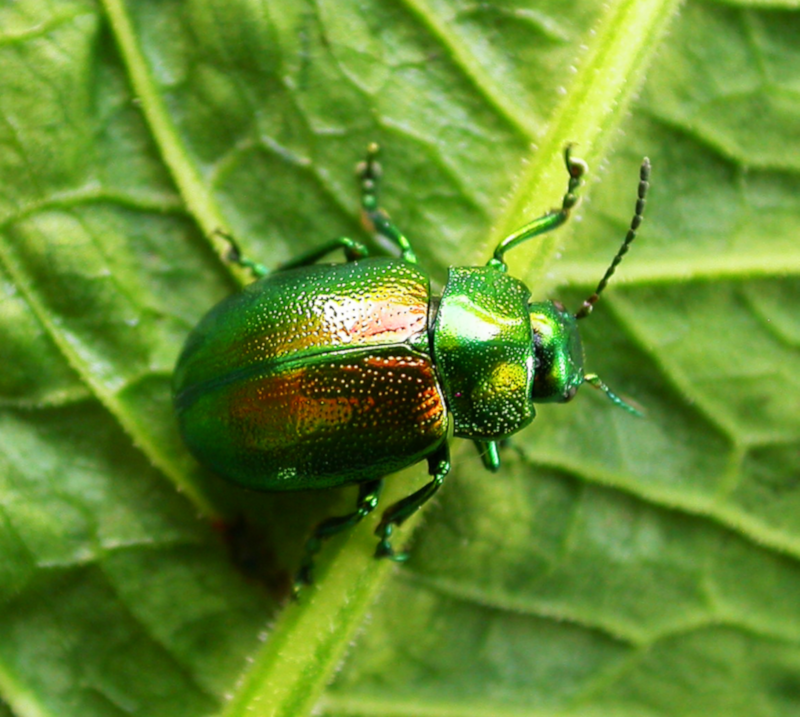

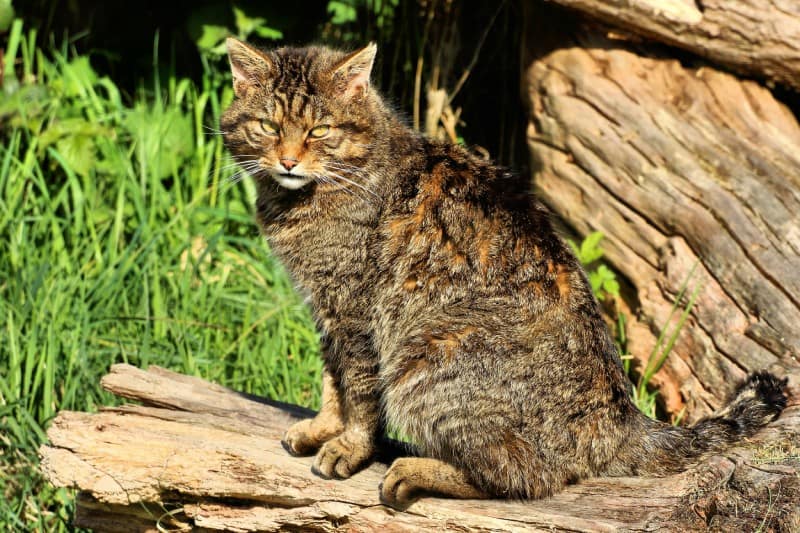
Check out our other articles on Spider Tailed Viper, Wilson’s Bird-of-paradise, Mount Kinabalu, Honey Badger, Asian Weaver Ant, Swamp Dacrydium, Sea Lamprey, Texas Alligator Lizard









Leave a Reply